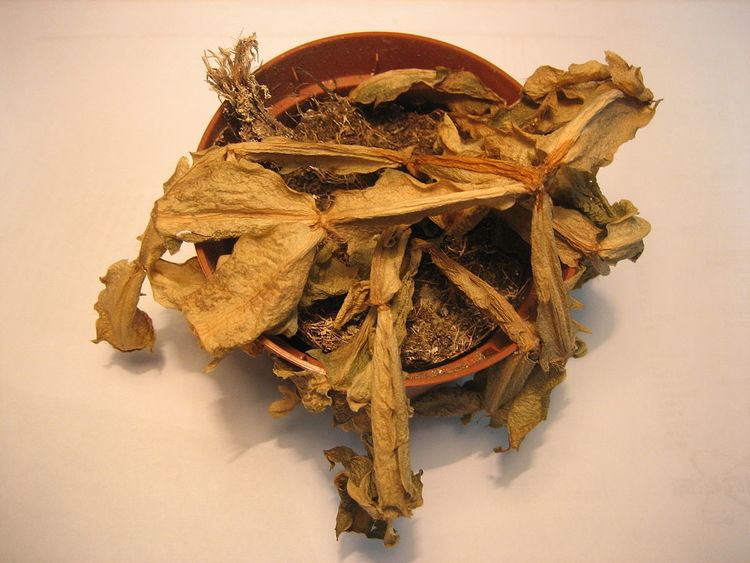 | ||
Permanent wilting point (PWP) or wilting point (WP) is defined as the minimal point of soil moisture the plant requires not to wilt. If moisture decreases to this or any lower point a plant wilts and can no longer recover its turgidity when placed in a saturated atmosphere for 12 hours. The physical definition of the wilting point (symbolically expressed as θpwp or θwp) is defined as the water content at −1500 J/kg (or -15 bar) of suction pressure, or negative hydraulic head.
History
The concept was introduced in the early 1910s. Lyman Briggs and Homer LeRoy Shantz (1912) proposed the wilting coefficient, which is defined as the percentage water content of a soil when the plants growing in that soil are first reduced to a wilted condition from which they cannot recover in approximately saturated atmosphere without the addition of water to the soil (Taiz and Zeiger, 1991). See pedotransfer function for wilting coefficient by Briggs.
Frank Veihmeyer and Arthur Hendrickson from University of California-Davis found that it is a constant (characteristic) of the soil and is independent of environmental conditions. Lorenzo A. Richards proposed it is taken as the soil water content when the soil is under a pressure of -15 bar .
